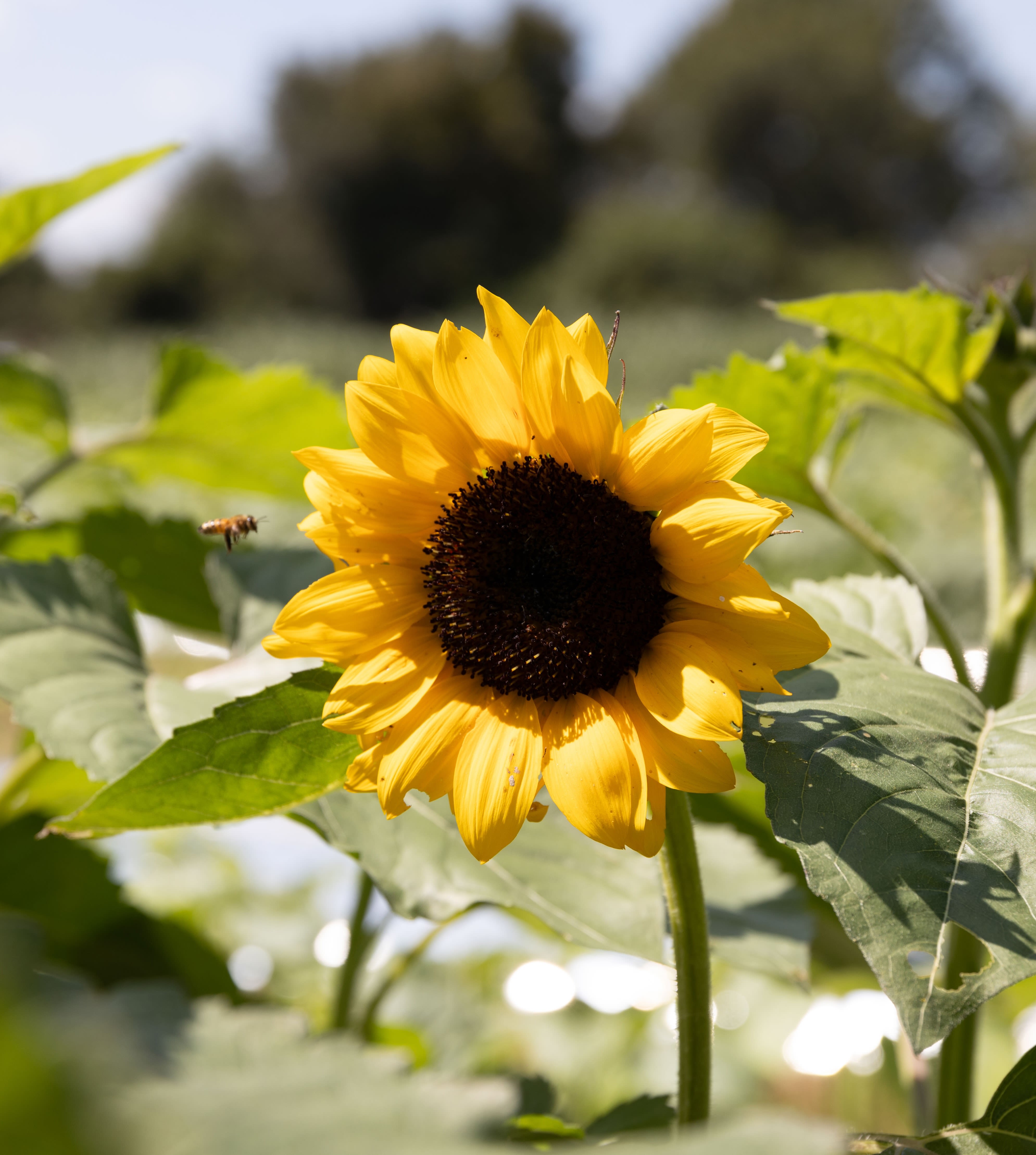A shared harvest
At Mark’s Melon Patch, UGA Extension plays a key role in supporting agritourism and farming traditions through expert advice and collaboration.
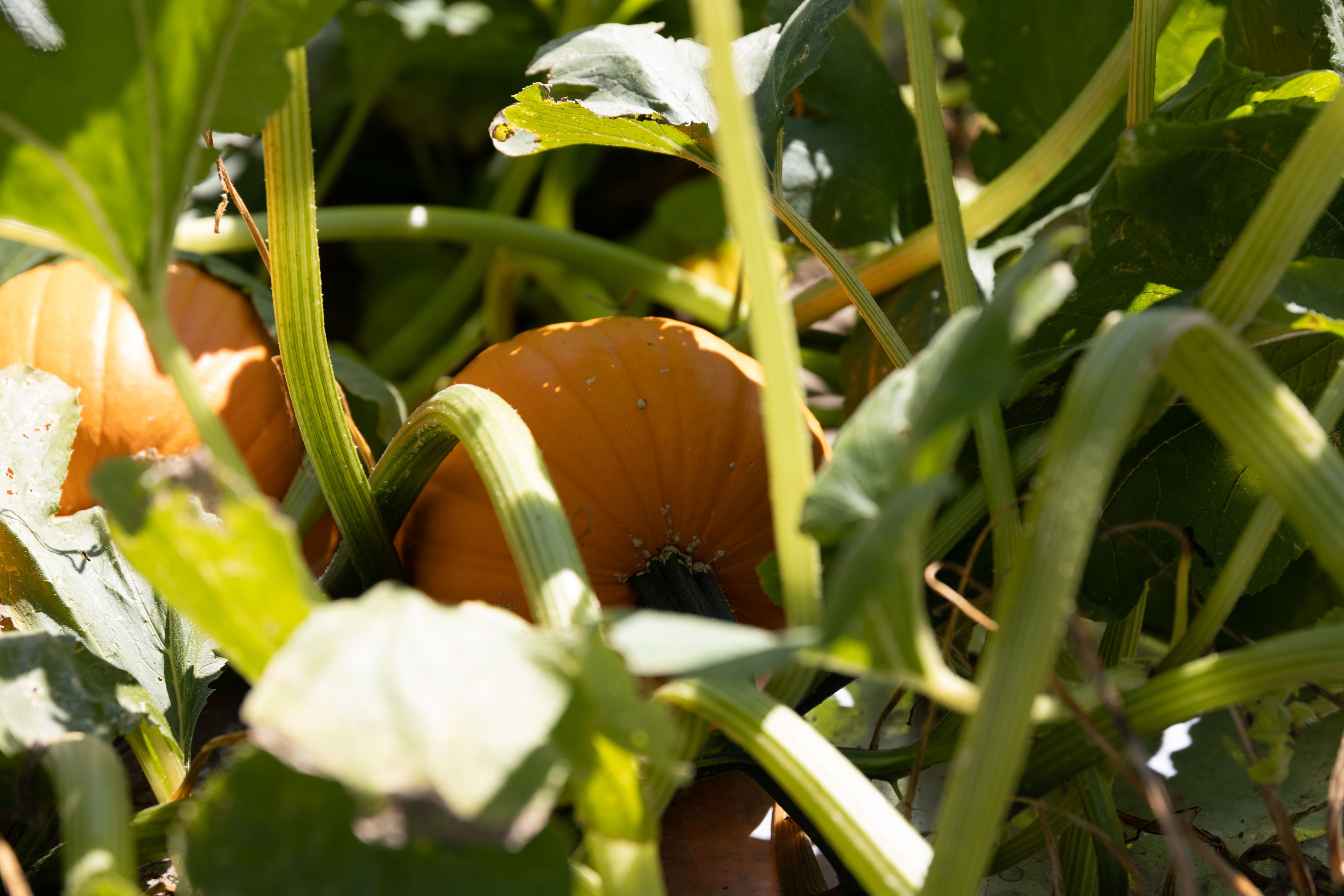
On a sunny day with bright-blue skies, I arrive at Mark’s Melon Patch in Sasser, Georgia, and immediately spot the familiar white University of Georgia Cooperative Extension pickup truck, the Terrell County Extension logo prominently displayed on the door. Seth McAllister, the Agriculture and Natural Resources (ANR) agent for Terrell County, greets me with a broad grin and a firm handshake. As we chat, Mark Daniel, the owner of Mark’s Melon Patch, drives by, shooting a wink at McAllister before telling us he needs to go clean up after the morning’s hard work.
While we wait for Daniel, McAllister tells me about his work with local farmers. He regularly works with about a dozen farmers on a daily basis, managing operations that range from 2,000 to 10,000 acres. Terrell County alone has 60,000 acres of row crops, half in cotton. But what McAllister loves most about his role as an Extension agent is the diversity of his work. In addition to row crops, he supports agritourism operations like Mark’s Melon Patch, which connect people to agriculture in a hands-on way. “U-pick farms allow people to experience agriculture firsthand, rather than just speeding past fields on their commutes,” he explained.
When Daniel joins us, now wearing a clean Mark’s Melon Patch t-shirt, he shares how he grew up on a row crop farm across the road, where his father primarily grew peanuts. As a kid, he was deeply involved in Georgia 4-H, even becoming a Master 4-H’er. He tells me that Extension has been a constant presence in his life for as long as he can remember. The local ANR agent, Lamar Martin — who later became the assistant dean for Extension — not only helped his father with production decisions but also mentored him through his high school years, guiding him through state and national 4-H competitions.
Seth McAllister, Agriculture and Natural Resources agent for UGA Extension in Terrell County, visits Mark's Melon Patch to speak with owner Mark Daniel (right).
Seth McAllister, Agriculture and Natural Resources agent for UGA Extension in Terrell County, visits Mark's Melon Patch to speak with owner Mark Daniel (right).
On a sunny day with bright-blue skies, I arrive at Mark’s Melon Patch in Sasser, Georgia, and immediately spot the familiar white University of Georgia Cooperative Extension pickup truck, the Terrell County Extension logo prominently displayed on the door. Seth McAllister, the Agriculture and Natural Resources (ANR) agent for Terrell County, greets me with a broad grin and a firm handshake. As we chat, Mark Daniel, the owner of Mark’s Melon Patch, drives by, shooting a wink at McAllister before telling us he needs to go clean up after the morning’s hard work.
While we wait for Daniel, McAllister tells me about his work with local farmers. He regularly works with about a dozen farmers on a daily basis, managing operations that range from 2,000 to 10,000 acres. Terrell County alone has 60,000 acres of row crops, with half in cotton. But what McAllister loves most about his role as an Extension agent is the diversity of his work. In addition to row crops, he supports agritourism operations like Mark’s Melon Patch, which connect people to agriculture in a hands-on way. "U-pick farms allow people to experience agriculture firsthand, rather than just speeding past fields on their commutes," he explained.
Seth McAllister, Agriculture and Natural Resources agent for UGA Extension in Terrell County, visits Mark's Melon Patch to speak with owner Mark Daniel (right).
Seth McAllister, Agriculture and Natural Resources agent for UGA Extension in Terrell County, visits Mark's Melon Patch to speak with owner Mark Daniel (right).
When Daniel joins us, now wearing a clean Mark’s Melon Patch t-shirt, he shares how he grew up on a row crop farm across the road, where his father primarily grew peanuts. As a kid, he was deeply involved in Georgia 4-H, even becoming a Master 4-H’er. He tells me that Extension has been a constant presence in his life for as long as he can remember. The local ANR agent, Lamar Martin — who later became the assistant dean for Extension — not only helped his father with production decisions but also mentored him through his high school years, guiding him through state and national 4-H competitions.
After high school, Daniel attended Abraham Baldwin Agricultural College (ABAC) for two years before transferring to UGA, earning his degree in agricultural mechanization technology in 1986 from the College of Agricultural and Environmental Sciences. During college, Daniel would return home for the summers, growing watermelons on a small patch of land he’d bought from his father. In the beginning, selling melons on the roadside was just a way to make some extra cash, but by his final summer, he’d “caught the bug.”
“I did really well that summer,” Daniel recalled, “and I realized I kind of liked not having to work for anyone.” From there, he expanded his roadside business, adding boiled peanuts to his watermelon sales, and the rest, as they say, is history.
Each year, Daniel grew his operation and began hosting farm tours for local elementary schools. He saw firsthand how people connected with the land and learned about farming, which became the driving motivation behind what he does today.
As I glance around the pumpkin patch, Daniel and McAllister dive into a conversation about strawberry production. A new disease that causes leaf spots and fruit rot, Neopestalotiopsis spp., has recently devastated a major regional nursery, leaving strawberry growers scrambling for healthy plants for the upcoming year. Within ten minutes of learning the news, McAllister had reached out to Terrell County growers, including Daniel, with alternative sources where they could buy plants before supplies sold out.
“I knew we had a small window before everything was gone,” McAllister said, as Mark nodded in appreciation.
“It’s been a lifesaver,” Daniel added. “I don’t make decisions in a vacuum, and having Seth’s support means I can keep moving forward.”
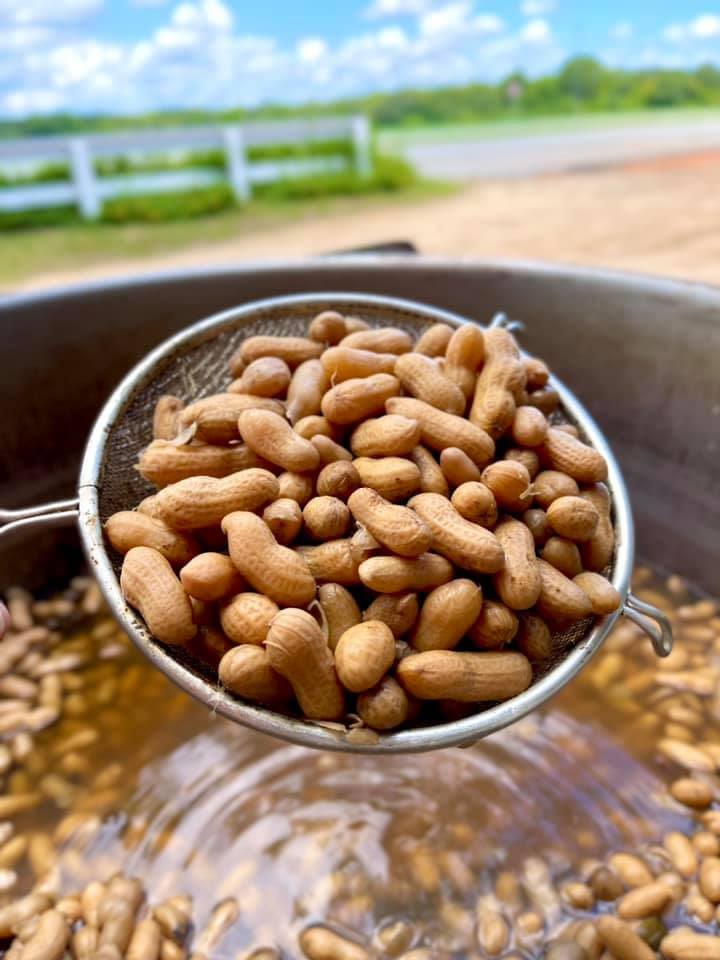
After high school, Daniel attended Abraham Baldwin Agricultural College (ABAC) for two years before transferring to UGA, earning his degree in agricultural mechanization technology in 1986 from the College of Agricultural and Environmental Sciences. During college, Daniel would return home for the summers, growing watermelons on a small patch of land he’d bought from his father. In the beginning, selling melons on the roadside was just a way to make some extra cash, but by his final summer, he’d “caught the bug.”
“I did really well that summer,” Daniel recalled, “and I realized I kind of liked not having to work for anyone.” From there, he expanded his roadside business, adding boiled peanuts to his watermelon sales, and the rest, as they say, is history.
Each year, Daniel grew his operation and began hosting farm tours for local elementary schools. He saw firsthand how people connected with the land and learned about farming, which became the driving motivation behind what he does today.
As I glance around the pumpkin patch, Daniel and McAllister dive into a conversation about strawberry production. A new disease that causes leaf spots and fruit rot, Neopestalotiopsis spp., has recently devastated a major regional nursery, leaving strawberry growers scrambling for healthy plants for the upcoming year. Within ten minutes of learning the news, McAllister had reached out to Terrell County growers, including Daniel, with alternative sources they could buy plants from before supplies sold out.
“I knew we had a small window before everything was gone,” McAllister said, as Mark nodded in appreciation.
“It’s been a lifesaver,” Daniel added. “I don’t make decisions in a vacuum, and having Seth’s support means I can keep moving forward.”
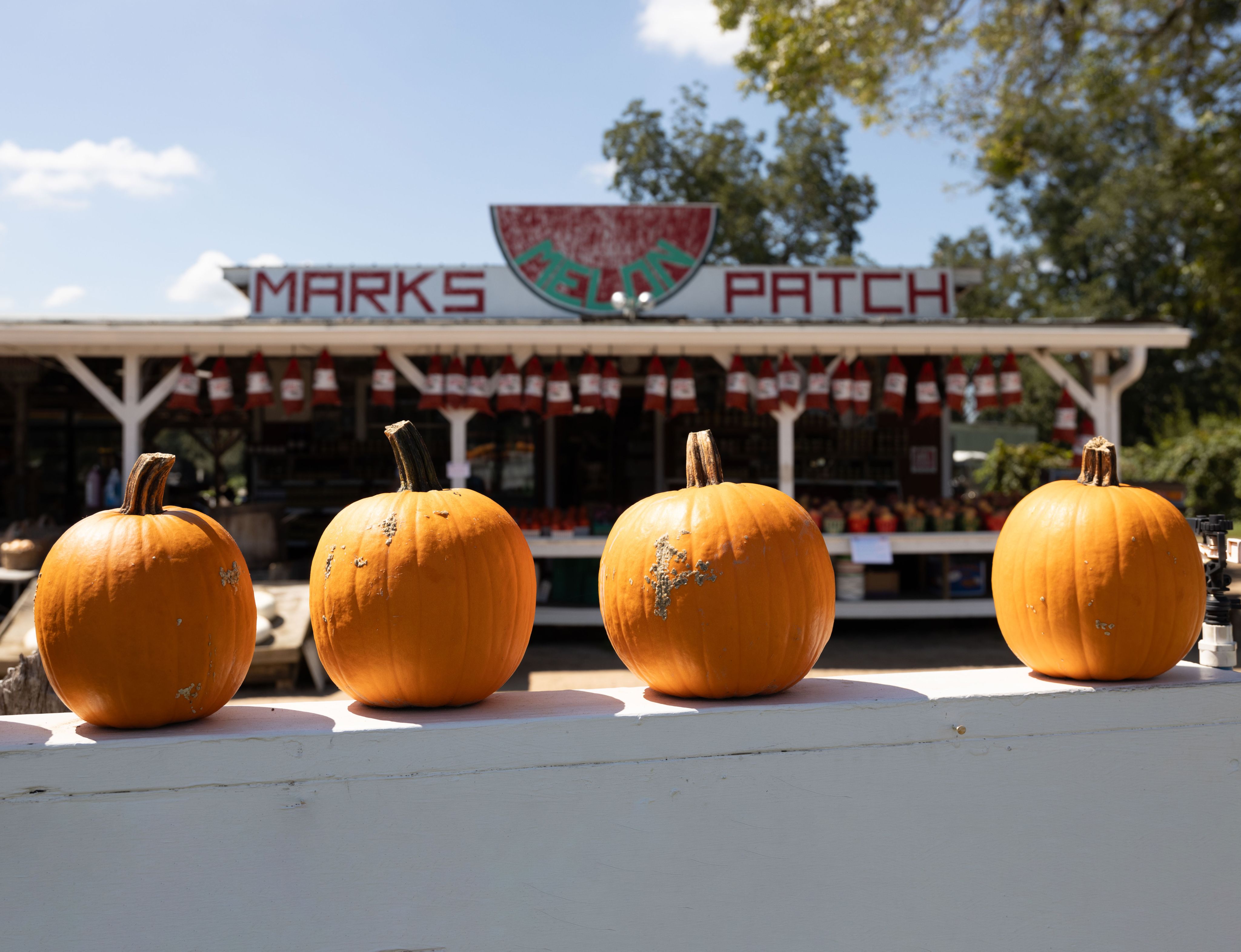
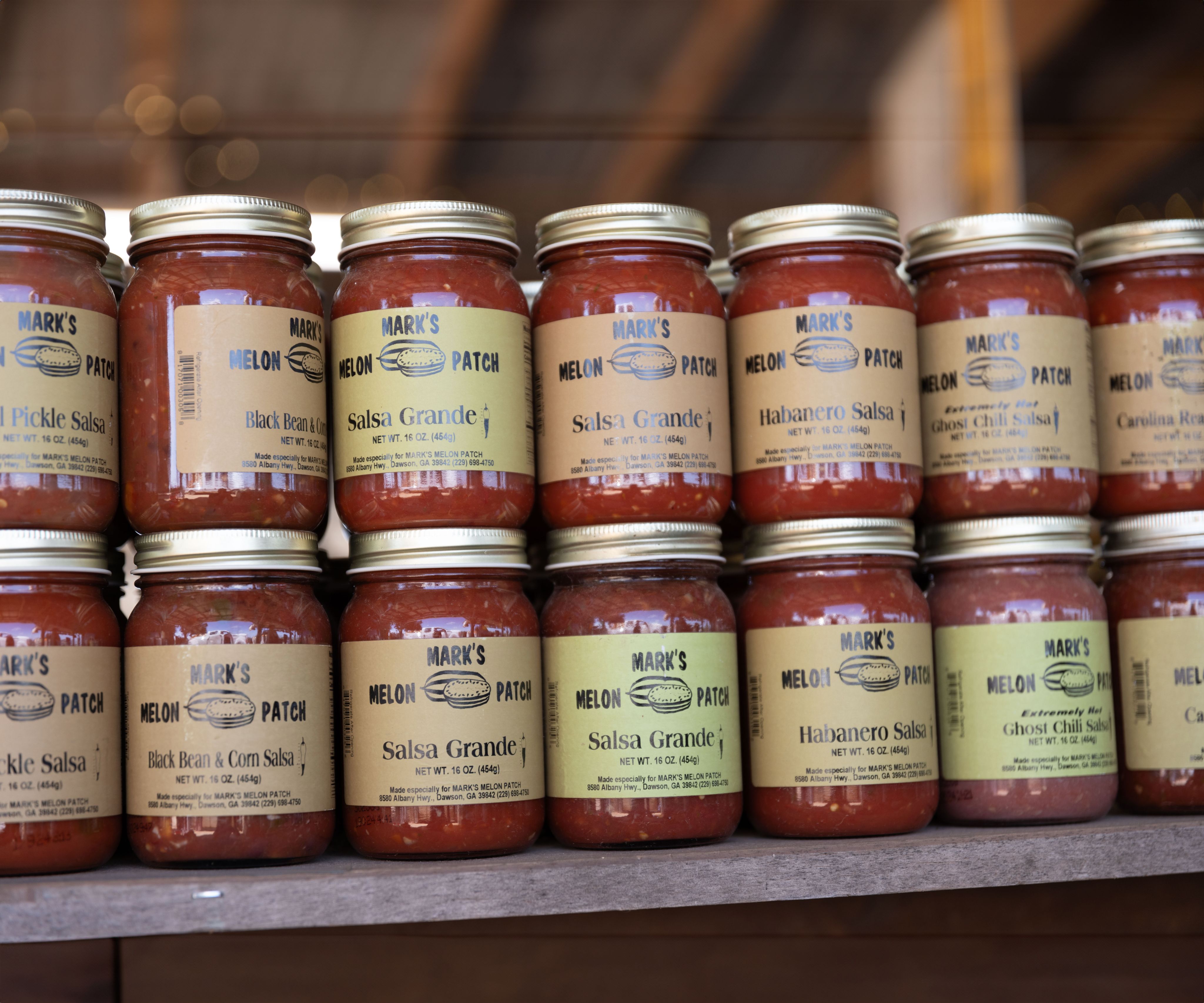
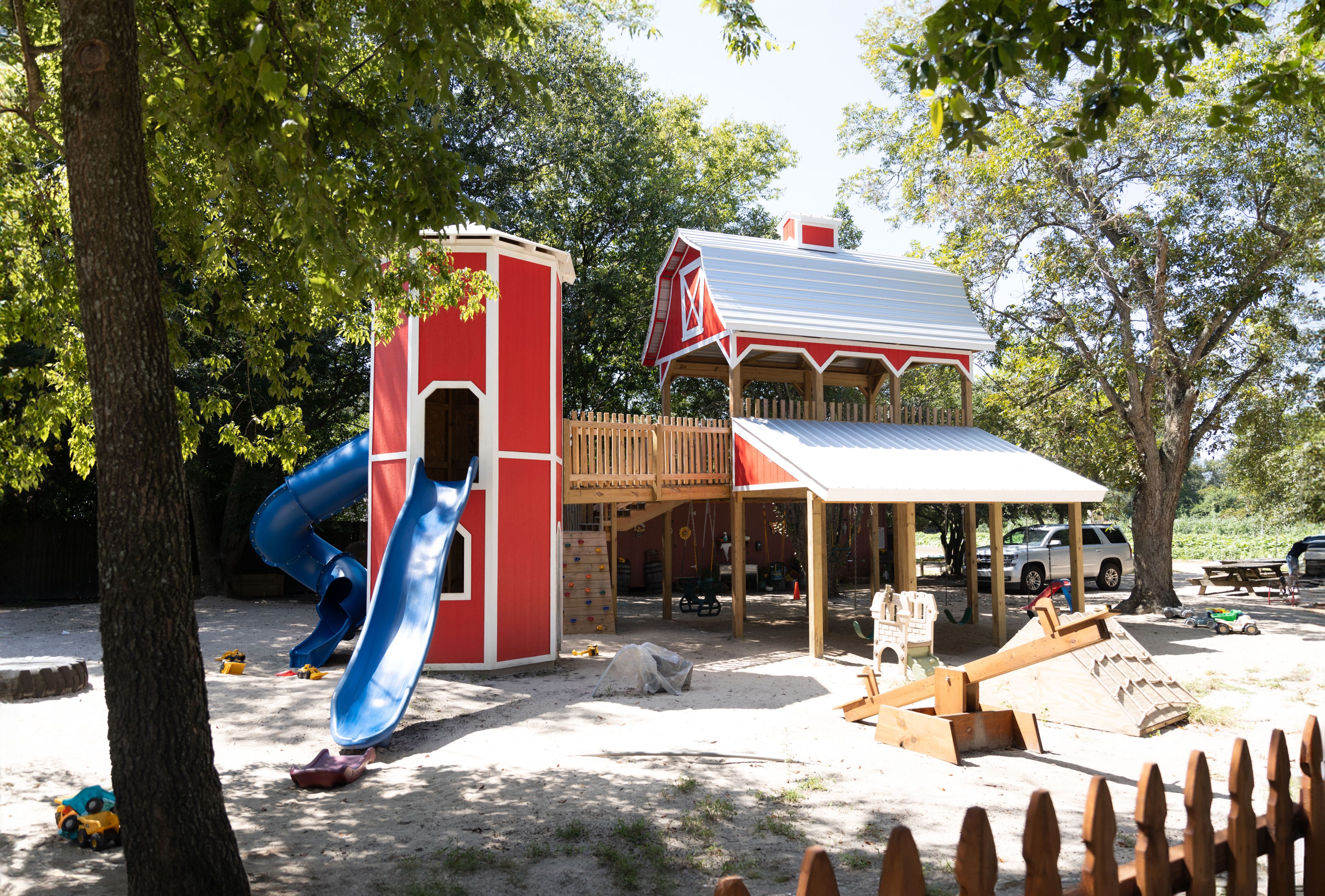
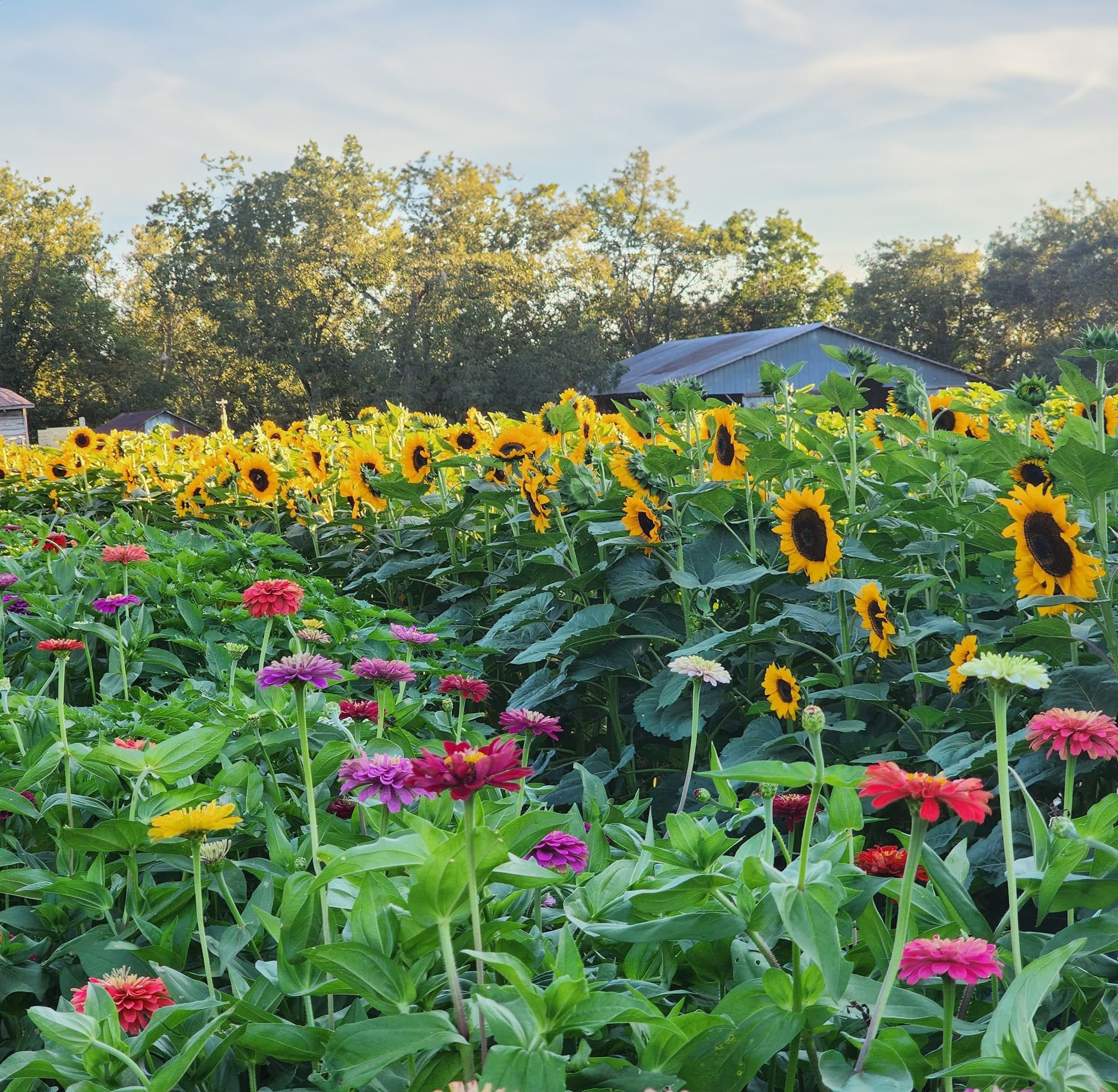
Leaning against the mud-splattered truck, the two are posing technical questions on a call with Jeff Cook, the area peach and strawberry agent for UGA Extension. The dynamic as they talk through specific production strategies is comfortable, with the men casually joking with one another. Their relationship, like many between Extension agents and farmers, is personal — marked by deep trust, collaboration and a shared commitment to success.
The advice from McAllister, rooted in science and tailored to the nuances of this unique farm, offers insights far beyond what any online search could provide. The relationship, above all, fosters more refined advice, informed by both the broader context of agriculture and the specific needs of the farm business.
Throughout the day, Daniel demonstrates the value he places in McAllister’s advice, frequently asking,
“If you were a farmer, what would you do?”
“Seth is sharp,” Daniel said. “When he started, he didn’t have much experience with fresh produce, but now I can talk to him and get as much out of him as I would from a specialist.”
McAllister doesn’t hesitate to return the compliment. “Mark doesn’t ask simple questions. He’s grown more crops than I’ve seen in my lifetime, and he expects real answers. It’s made me a better agent. When I don’t know something, I dig into the research or reach out to specialists to make sure I’m giving him the right advice.”
Daniel employs seven full-time workers year-round, but that number grows during peak agritourism seasons. But his farm doesn’t just provide jobs — it brings people together. “I see families gathering here, and that’s the biggest benefit to the community,” Daniel said. “It’s really special when visitors tell me they came here as kids and now they’re bringing their own children, that the farm is part of their own family traditions.”
Mark’s Melon Patch has evolved significantly since its roadside beginnings in 1981. What started as a watermelon stand in the back of a pickup has grown into an agritourism destination with pumpkins, hayrides, a corn maze and U-pick strawberries. Even during the COVID-19 pandemic, the farm adapted to employ safety protocols, providing a much-needed escape for families seeking fresh air and connection.
More than crops, he's grown a community.
Though smaller than typical commercial farms, Daniel’s 50-acre operation is highly diversified. He grows watermelons, corn, sunflowers, strawberries, peanuts and pumpkins — each with its own unique demands for pest management, water and fertilizer, McAllister explained. All the while, Daniel runs a bustling agritourism business, which McAllister praises for its continued and ever-growing success.
Back at the farm stand, as I pack my basket with cane syrup, peanut brittle and fried okra chips, I overhear McAllister on the phone with Bhabesh Dutta, a vegetable disease specialist in the Department of Plant Pathology at UGA. Together with Daniel, they troubleshoot the latest fungal disease affecting the farm. McAllister looks at me and explains that Georgia’s long, warm growing season is ideal for crops but just as ideal for pests and pathogens.
“We produce insects, weeds and fungi faster than anywhere else in the country,” McAllister said. So, the work never ends.
As I prepare to leave, loaded down with fresh pumpkins and jars of homemade jam, I reflect on the importance of partnerships like the one between Daniel and McAllister. Their relationship exemplifies the strength of UGA Extension, which has boots on the ground, right where they're needed.
News media may republish this story. A text version and art are available for download.
